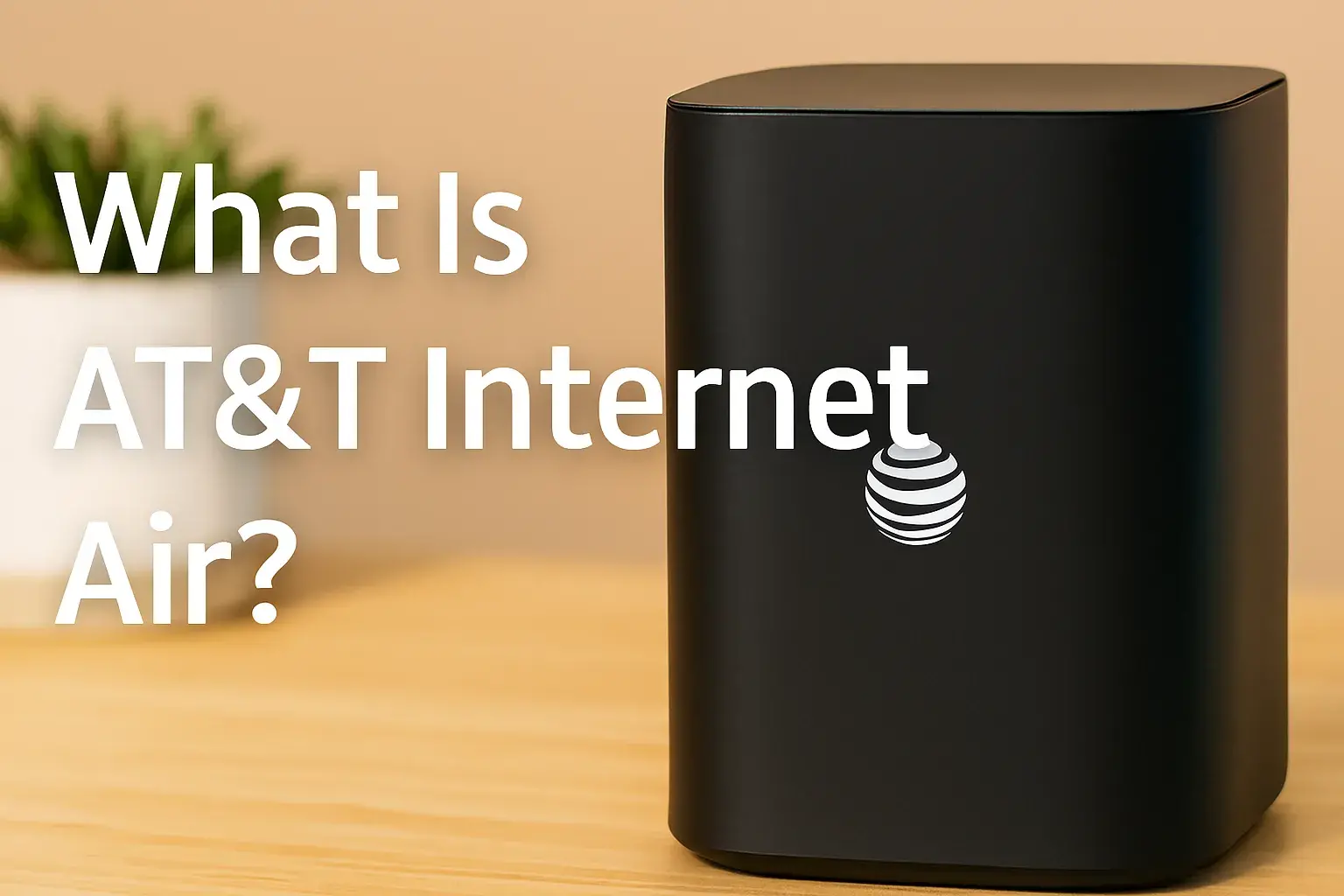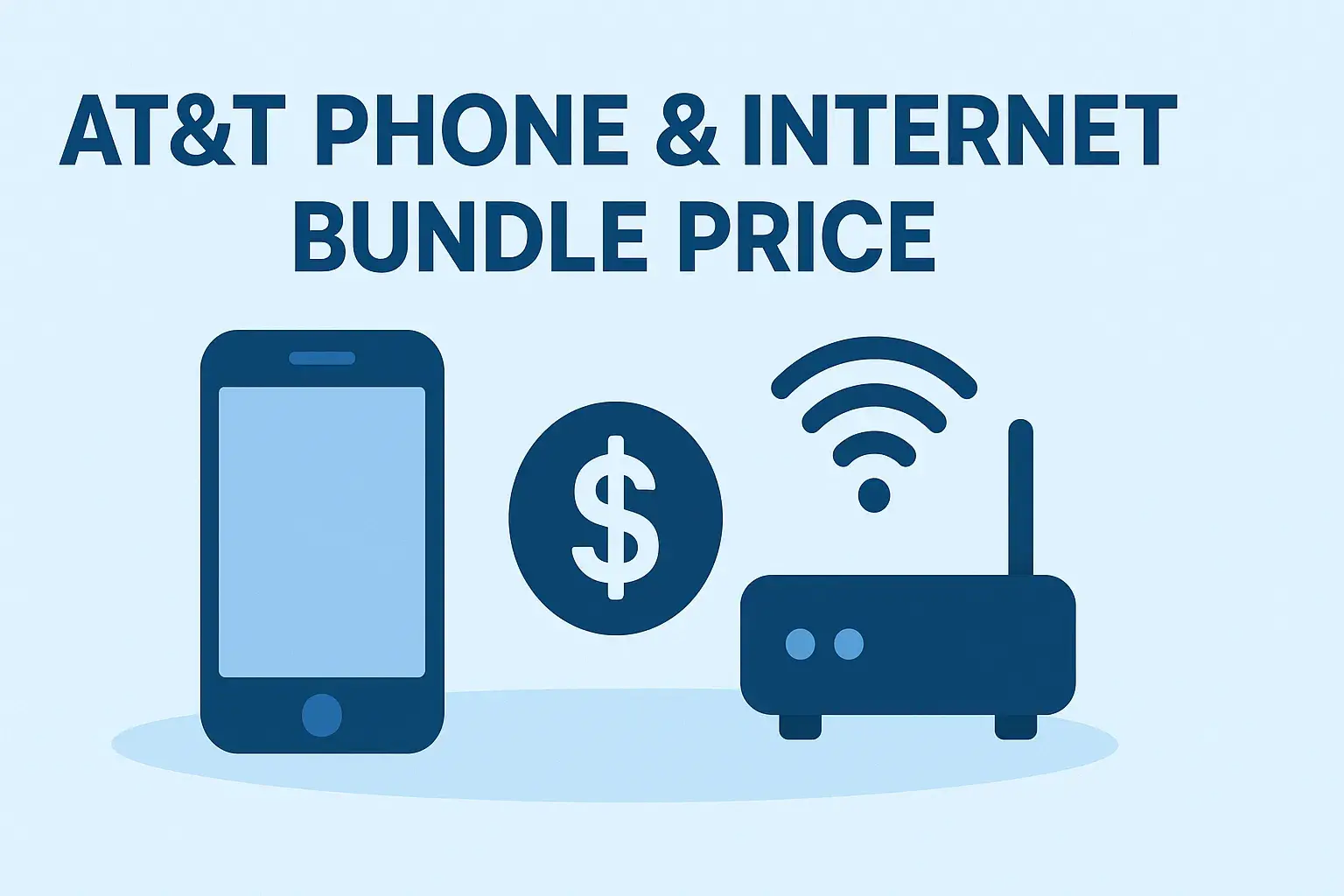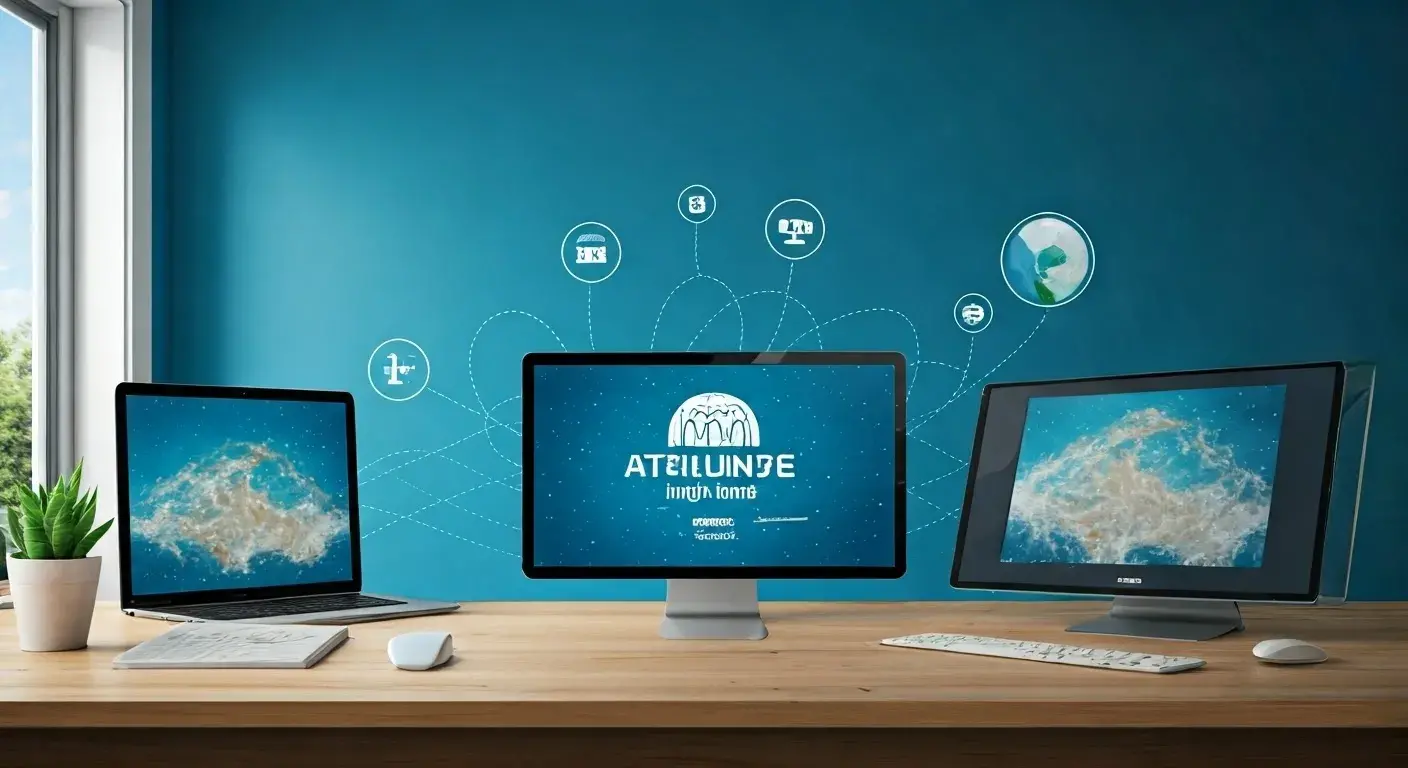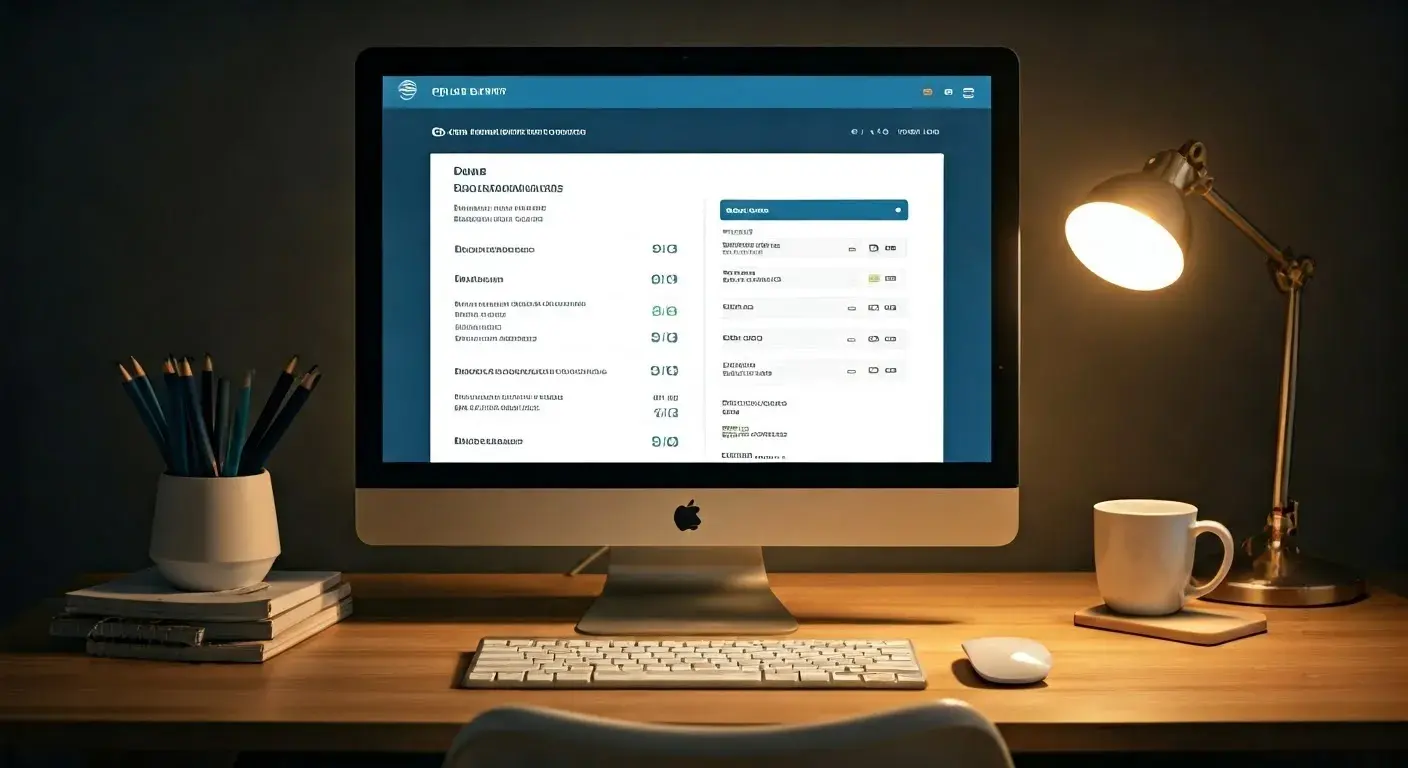What is needed to install fiber-optic internet?
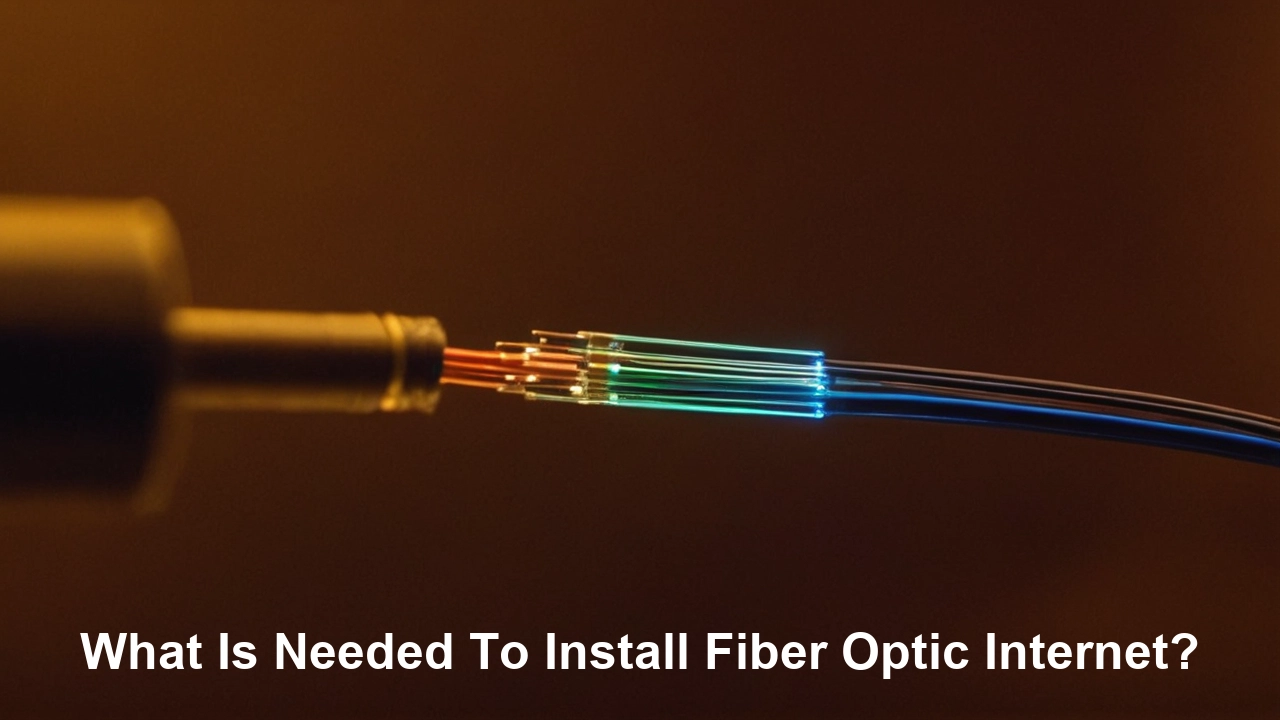
What is needed to install fiber optic internet
To install fiber-optic internet, the following elements are needed and a few general phases have to be followed: At a high level, the major elements needed are: At a high level, the major elements needed are:
Fiber-Optic Cable
Copper broadband connections involve using copper wires to link the internet service provider and the location where internet service is needed. Fiber-optic cable uses ultra-thin glass or plastic filaments through which data is carried in the form of pulses of light. This is possible because the speeds that can be achieved through fiber optic cables are immensely faster than those achievable through copper cables. The fiber cable itself can be strung overhead on telephone poles or placed in underground conduits or trenches.
Network Terminating Equipment
However, in addition to the fiber cable, there are different pieces of equipment required on the ends of the cables to transmit and receive the light signals through the cables. For the provider side, this entailed routers, switches, and other main distribution equipment that are required to link the customer connections to the overall internet. On the customer’s side, an Optical Network Terminal (ONT) equipment translates the light signals to and from RJ45 ethernet cables so that their routers and devices can connect to fiber internet.
Permits and Fees
AT&T Internet providers who want to lay the underground fiber conduits or the aerial lines over the public rights of way to middle-class residential neighborhoods or business premises, are required to secure construction permits, rights of way franchises, or access agreements from the local and county governments or property associations. Additional costs may include application fees, time spent on public notice and approval, application approval processes, and restoration costs of the fiber equipment to places in the public domain or on private property.
Detailed Network Design
Before actual physical installation can commence, engineers and planners need to create precise diagrams of the placement of the fiber-optic cables to determine the physical architecture of the network as well as how the local customer addresses are connected to the larger feed of the internet backbone. This design phase maps out the terrain, infrastructure, permit conditions, and special engineering needs pertinent to the particular neighborhood or premise. As we have said before, proper plans form the basis of efficient fiber deployment.
Buried Conduit or Overhead Cabling
In the case of underground fiber placement, conduits must be either bored or bored directionally for the fiber optic cable to run along the planned methods. Utility installation underground demands other equipment such as trenchers, directional drills, or underground service locators. Or conversely for aerial attachment, where the fiber network will run through utility poles, new utility poles have to be provided or cable strands have to be strung from the existing poles all along the fiber network route as per engineering specifications and code requirements.
Customer Premises Equipment
Where new fiber internet service is being sold to customers, installation technicians have to physically route fiber strands from splice enclosures at neighboring joint facilities right to the building. This includes making entry holes, installing equipment panels, pulling interior cables to specific router locations, and joining the fibers in addition to fixing customer premise ONT equipment. It is necessary for fibers, connectors, and securing in places to be well managed within the premise for efficient service delivery.
Testing and Activation
When the fiber-optic cable has been physically planted from the service provider end to the customer premises, testing is required to verify that there are clean optical signals throughout the segments of the fiber link. Some of the most unique optical test benches have light pulse generators for the generation of reflection signals along cables that could be a mile long and then analysis of the signals for any discontinuities or faults. During turn-up, internet capacity is ordered and made available to customer accounts through provider IT systems before going live to deliver internet service.
As this outlines the core considerations, there remain hundreds of other design factors and complex situations that installation crews will need to navigate when rolling out fiber connections. Some of them include undertaking excavation in areas with complex underground geology that does not allow trenching, where there are numerous pole attachment corridors in aerial facilities, getting access to buildings for multi-site tenants, scheduling appointments with customers for service connections, and handling technical aspects of ONT equipment connections. The problem of coordinating construction work, and especially infrastructure, is that there is almost always a myriad of variables to manage. However fiber-optic connectivity provides a performance that other connection technology cannot match – hence the effort to install these future-proof networks is worthwhile for both communities and providers. When the process is accomplished effectively, the inhabitants and enterprises can benefit from incredibly high velocities that allow for applications, which were impossible in prior generations.
Upgrade to faster, more reliable AT&T Fiber Internet today! Call us at +1 844-905-5002 and get connected with speeds that keep you ahead.

